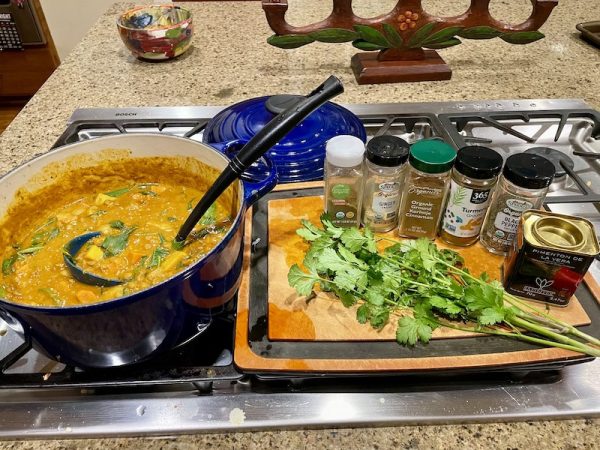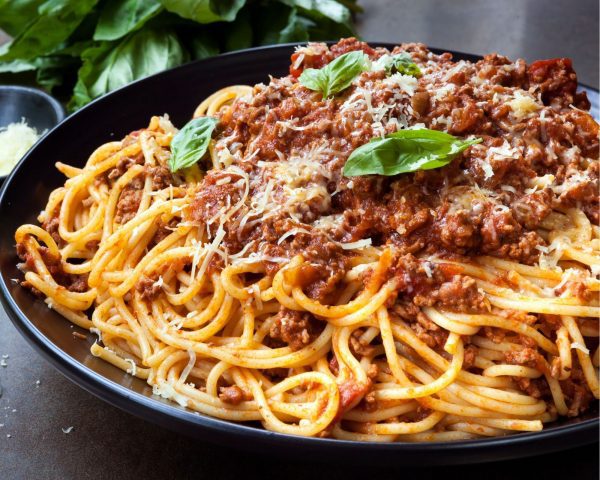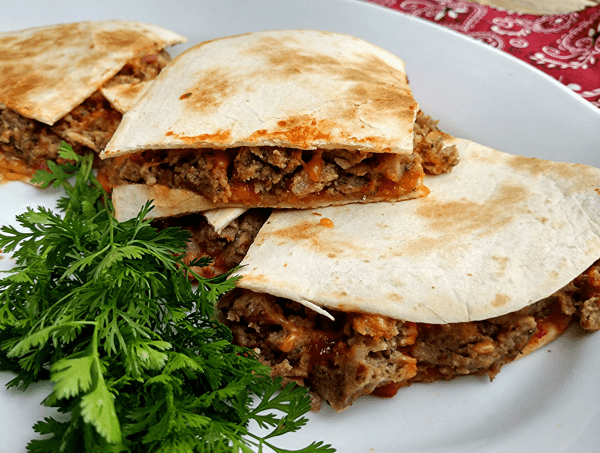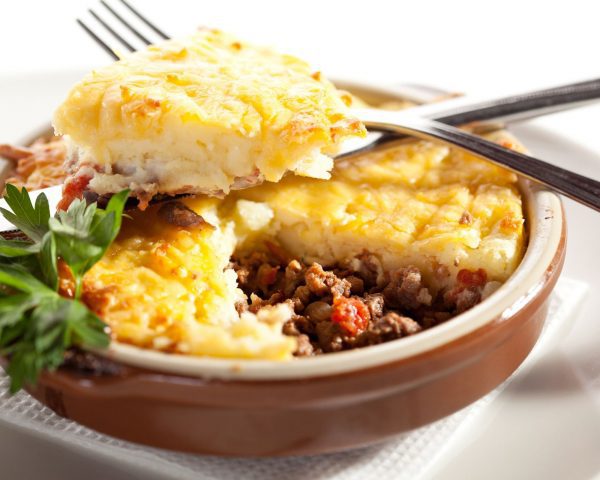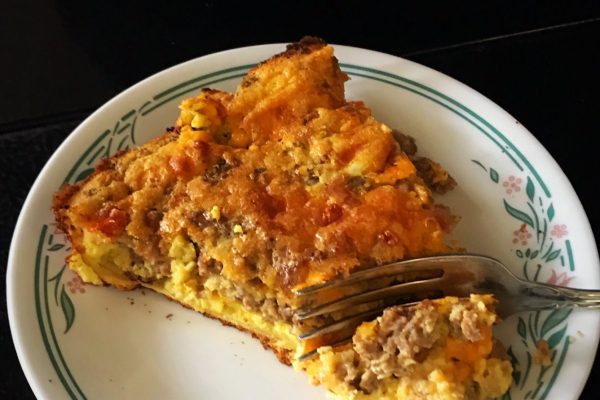Forget “Healthy” Eating
The concept of eating healthy has become so confusing
It is often based on bad science: one of the biggest examples was the low-fat diet which resulted in a highly refined carb and sugar-drenched-everything-from-soup-to salad-dressing leap into 20th century chronic diseases.
Or it chases contradictory data: eggs are bad, eggs are healthy. Butter is bad, margarine is good. Margarine is bad, butter is good. Soy is healthy, soy is bad…
“Healthy” diets and fads can be misleading
Touted by celebrities and “influencers” — paleo, vegan, keto, intermittent fasting – they catch on through social media yet often lack sound nutrition. Or are just not meant for everyone. There is no one-size-fits-all diet. Every individual has unique genetics, physical activity, lifestyle pattern and stress levels.
Marketing persuades us to buy processed “healthy” foods
In the grocery stores, in our entertainment, on every online channel, just everywhere we go we are drowned in persuasion to eat foods labeled to trick us: Gatorade, Cliff Bars, Veggie sticks…
How long (and how much disease) before the Impossible Burger is debunked like Crisco and trans-fat margarine?
Eating “healthy” is associated with deprivation
We go to extremes. We “go on a diet” based on restrictions and the false promise of calorie counting. We stop eating foods that give us pleasure. Which makes us want to eat them all the more. So we binge. Fall off the wagon. Feel guilty. And we go back to our old habits.
What to do?
Forget “healthy” eating. Nourish your body instead. 🌟
Instead of asking “is this healthy”? ask “am I giving my body the nutrients it needs?”
Keep it simple. Eat real food the way nature intended. That is how our amazing human body evolved over millions of years before the agrarian revolution when domestic wheat and grains began to change the way people ate.
- Along the coasts – fish and seafood, seaweed and local plants
- Inland – All varieties of animals from nose to tail, even bones and hooves nothing went to waste. All parts of plants: leaves, stalks, roots, fruits, beans, nuts, seeds
- In some parts of the world, humans ate mostly animals like the Inuit: whale, seal…
- In other areas they were vegetarian with a WIDE diversity of plants including herbs and spices
Bottom line: nature was the only source of food.
When you eat
- carbs from plants
- fats from nature
- quality sourced animal products the way nature intended, giving thanks in the way of ancestral traditions
You give your body the nutrients it needs for optimal physical, mental and emotional health:
- tissue building, enzyme making amino acids from protein
- essential fatty acids
- vital minerals
- vitamins and powerful phytochemicals – the natural compounds that give plants color. Every color represents a family of preventative and healing compounds
- fantastic fiber so necessary for gut health – center of the immune system and integral to brain health — and necessary for your body’s detoxification and elimination processes
How many foods from nature do you eat? How many colors from plants?
Skip the diet. Enjoy a delicious, nutritious lifestyle.
Here are some recipes to put it into practice:
5 Delicious, Nutritious Meatloaves
For more empowerment:
Why Nutrient Density Matters – Chris Kresser
Updated from January 2023

